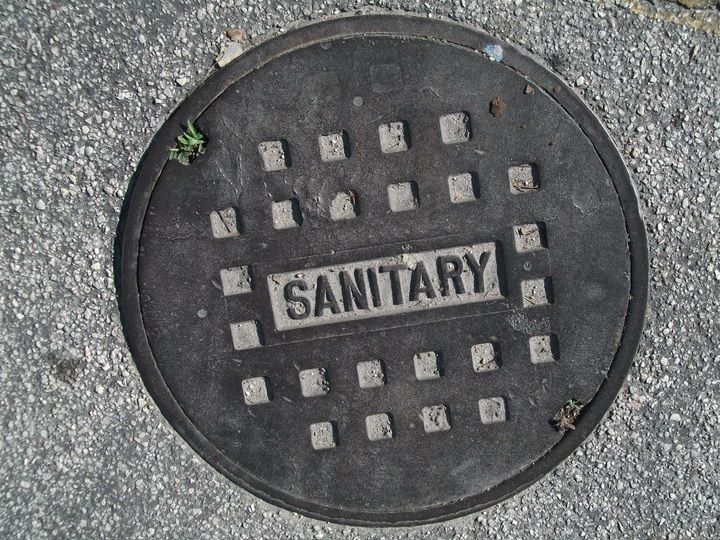New Technology Designed to Prevent Casualties in India's Sewers
Published on by Water Network Research, Official research team of The Water Network in Technology
Hundreds of "manual scavengers" die each year cleaning out sewers in cities across India but a machine unveiled for Monday's World Toilet Day could help to end that tragic record.

Representative Image Source: PXHere.com, labeled for reuse
Thousands of mostly low-caste Indians are employed in one of the world's dirtiest jobs unclogging human waste from underground pipes. More than 1,300 have died, mainly suffocated, in the past three years, according to the Sulabh International charity. The men are called "manual scavengers" because they mainly scrape the waste with their bare hands without any protective gear or masks.
The machine launched by Sulabh injects high-pressure water into the tunnels and tanks and then collects the waste with a mechanical bucket operated from ground level. A remote control inspection camera generates high-resolution images of the sewer system. Bindeshwar Pathak , the Sulabh International founder, said that forcing humans into the sewers was "demeaning".
"We hear so often the tragic news about sewer workers losing their lives," he said. "This machine can safely clean the waste matter and it will gradually make manual scavenging redundant. With this machine, we hope no person will die in the sewers anymore."
Read the full article on: AFP News
Media
Taxonomy
- Heath & Safety
- Pumping System Design
- Technical Equipment
- Pipes Design
- Pipeline
- Utility Pipe Network
- Sewer Networks
- Pipeline Rehabilitation
- Safety